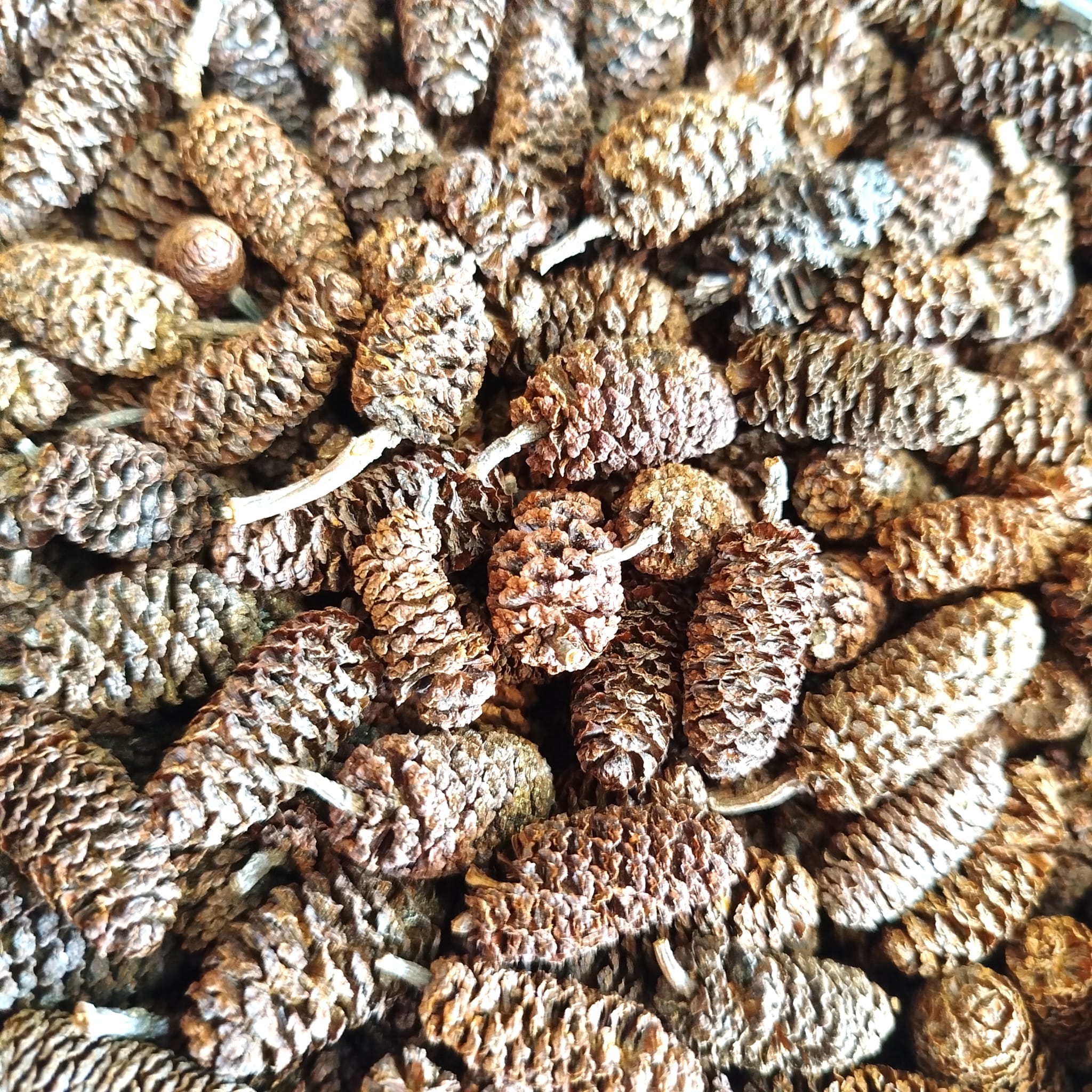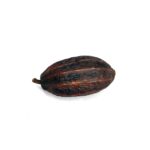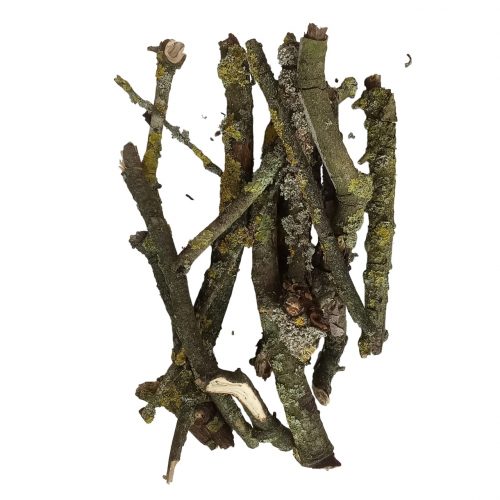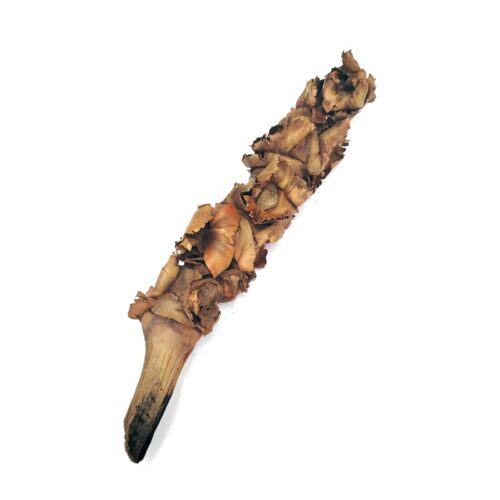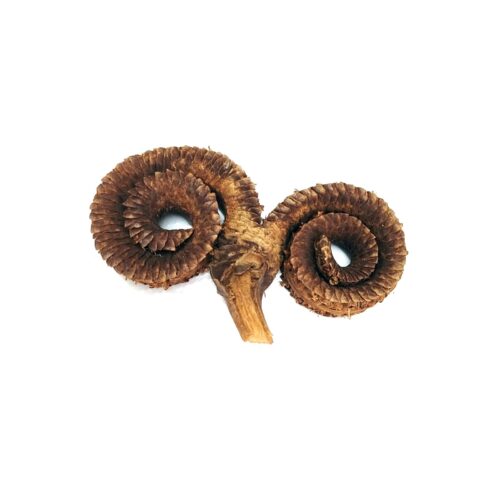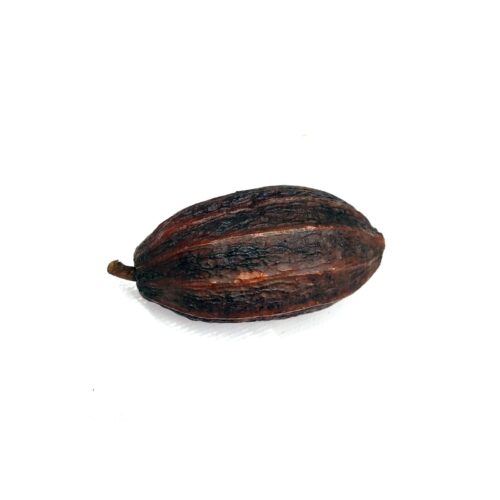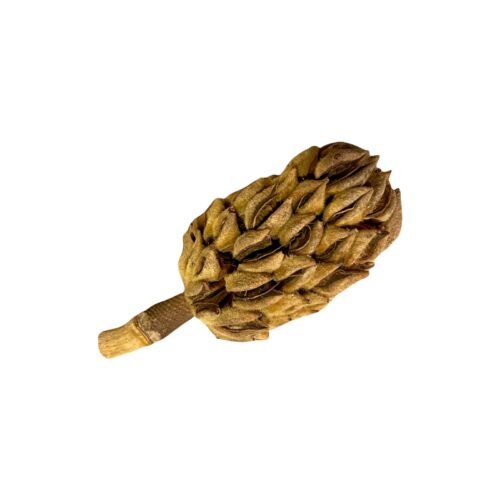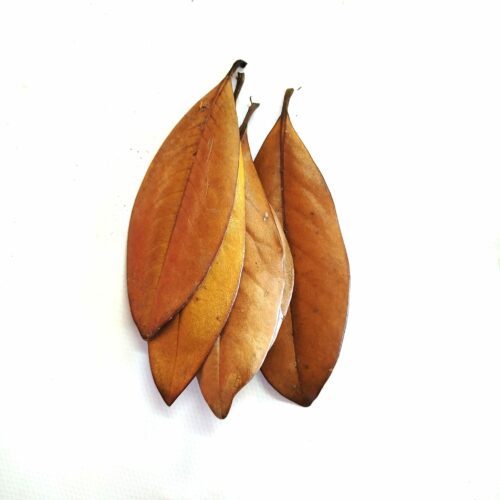Alder cones 50gr
5,50€
Alder cones are perfect for aquariums and terrariums, releasing tannins that improve water quality, reduce pH and prevent infections in fish and amphibians. They create a more natural, healthy and aesthetically appealing environment. Ideal for terrariums and tropical aquariums!
there is stock
Category: Botanicals
Description
Technical Data Sheet: Alder Cones (Alnus spp.)
Product Description
- Common Name: Alder cones
- Scientific Name: Alnus spp.
- Family: Betulaceae
- Part Used: Dried fruits (woody cones)
- Origin: Temperate regions of the Northern Hemisphere (North America, Europe, Asia).
- Shape: Small woody cones, 1 to 3 cm in length, dark brown or black in color.
Physical Characteristics
- Size: 1 – 3 cm
- Color: Dark brown to black
- Texture: Woody, hard, and rough
- Durability: Long-lasting in aquatic environments.
Properties
- Astringent: Contains tannins that help reduce bacterial and fungal infections in aquatic animals.
- Antiseptic: Natural properties that prevent infections in aquatic animals, contributing to a healthier environment.
- Tannin Release: Produces tannins that acidify the water, mimicking the natural conditions of certain animals’ habitats.
Applications in the Animal World
- Aquariums (tropical fish and other aquatic animals):
- Water Quality Improvement: Alder cones are particularly useful in aquariums, as they release tannins that help:
- Lower the water’s pH, creating a more acidic environment.
- Recreate the conditions of blackwater rivers (common in South America, where fish like bettas and tetras live).
- Mimic natural environments, reducing stress in fish and other aquatic animals.
- Disease Prevention: The released tannins have antimicrobial properties that prevent bacterial and fungal infections in fish, shrimp, amphibians, and other aquatic animals.
- Natural Stimulants: Improve the overall health of fish, promote fin regeneration, and reduce the risk of fungal infections.
- Water Quality Improvement: Alder cones are particularly useful in aquariums, as they release tannins that help:
- Terrariums and Paludariums (amphibians and aquatic reptiles):
- Habitat Improvement: Used in habitats for frogs, salamanders, and other amphibians, alder cones improve water quality and prevent skin and eye infections in these animals.
- Simulation of Natural Environments: Create water conditions similar to swamps and humid forests where these animals naturally live.
Additional information
| Options |
50 gr |
|---|
Related products
Lichen Branches
12,50€
there is stock
Palm stick
2,50€
Sold out
The Palm stick is a natural element ideal for terrariums and aquariums. This versatile product offers unique decoration and a perfect shelter for your animals. Its natural texture and durability make it perfect for creating an enriched and safe environment, promoting the natural behavior of reptiles, amphibians,arthropods and fish.
*Price per unit
Palm ring
2,50€
there is stock
The Palm Ring is a natural botanical element, ideal for decorating terrariums, vivariums, and aquariums. It adds a natural touch to the environment while gradually decomposing, enhancing the aesthetics and enriching the habitat without the need for constant maintenance.
Palm Ring (Masculine)
*Price per unit.
Cocoa pod
5,95€
Sold out
Magnolia pod
there is stock
Transform your terrarium, vivarium, paludarium or aquarium with magnolia pods! Not only do they provide a natural and elegant decoration, but they also foster an ideal bioactive substrate for microfauna. Durable and functional, they are essential for a healthy ecosystem. Make your purchase today!
Select options
This product has multiple variants. The options may be chosen on the product page
Magnolia leaves
3,50€
there is stock
Transform your terrarium with magnolia leaves! 🌿 Ideal for decorating, creating hiding places for amphibians, ants and isopods, and as natural food for invertebrates. 100% natural. Buy now. 🐾
Select options
This product has multiple variants. The options may be chosen on the product page
Oak leaves
1,20€ – 3,50€Price range: 1,20€ through 3,50€
there is stock
Oak leaves, ideal for decorating foraging boxes and terrariums, a perfect natural element for all ant species.
Number of leaves: 35 leaves | 1 liter
Size: Different sizes.
Species: Quercus robur.
Select options
This product has multiple variants. The options may be chosen on the product page

